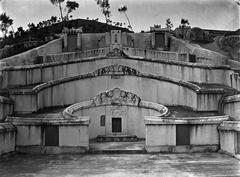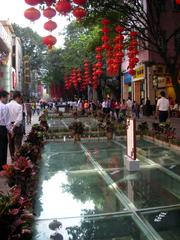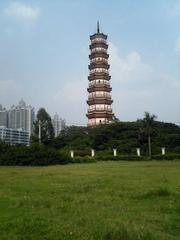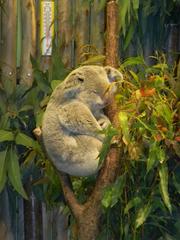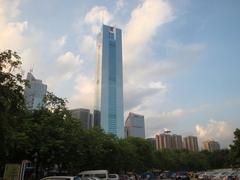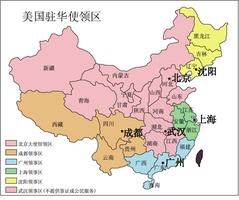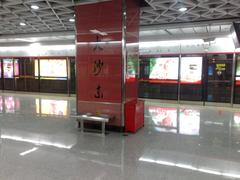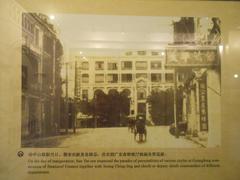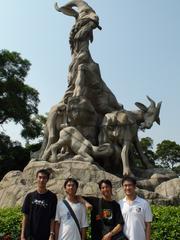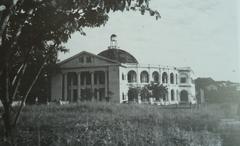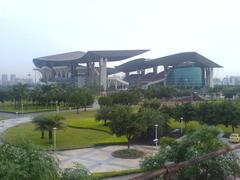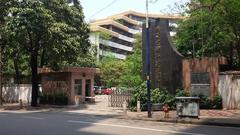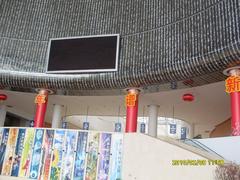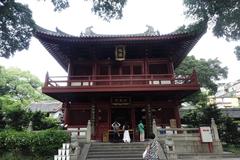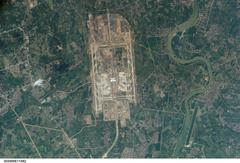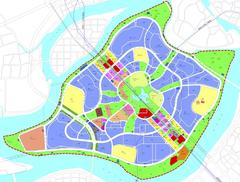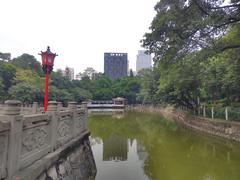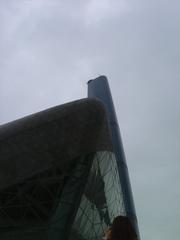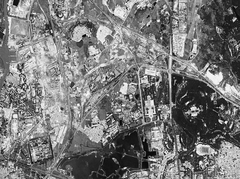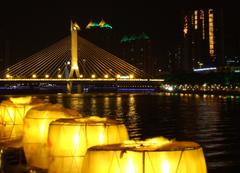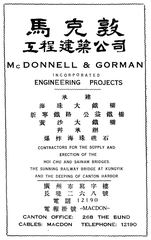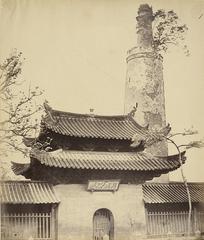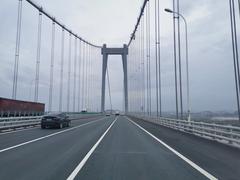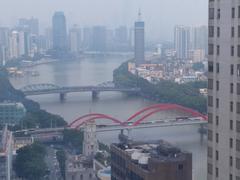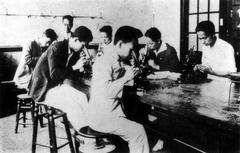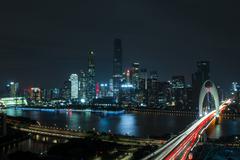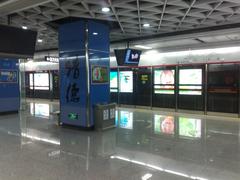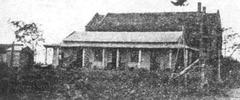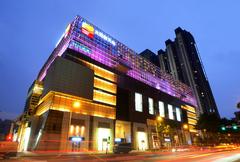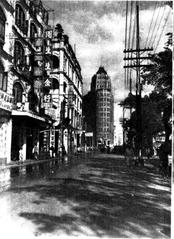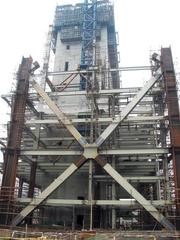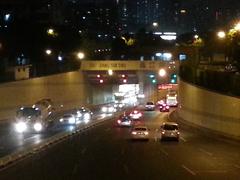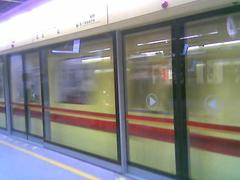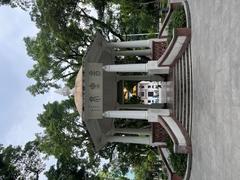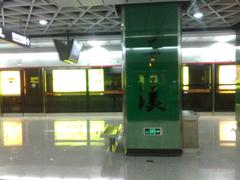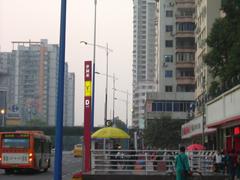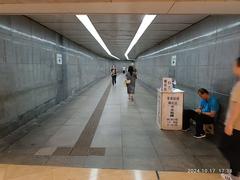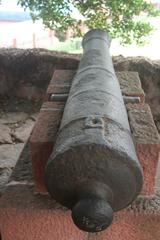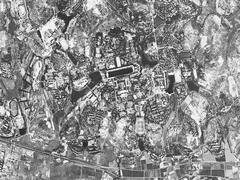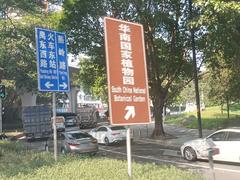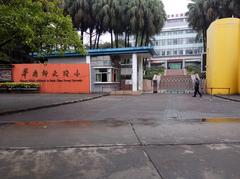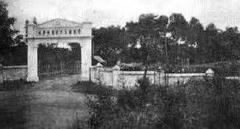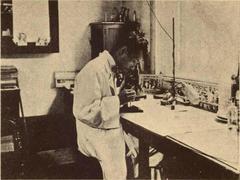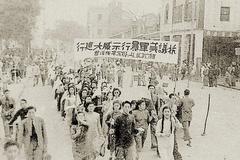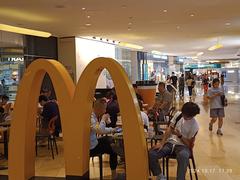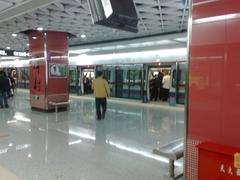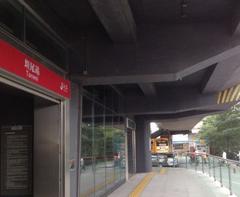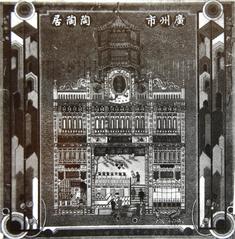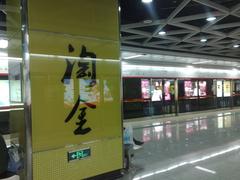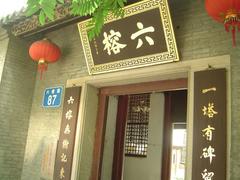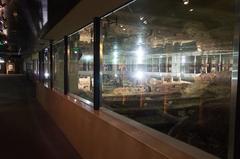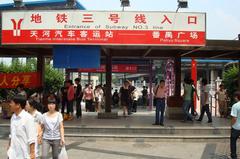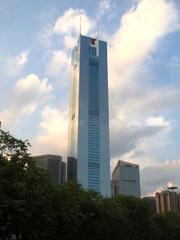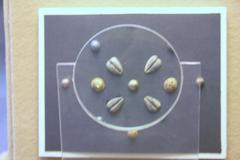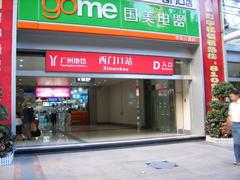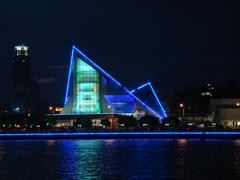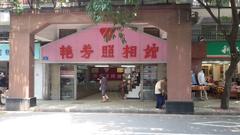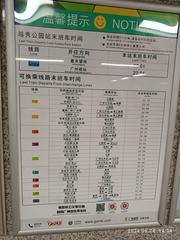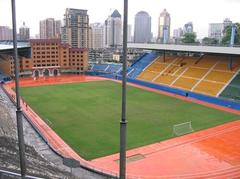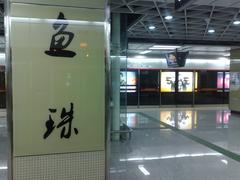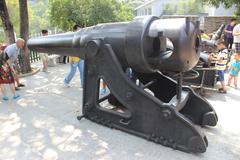Yongqingfang Visiting Hours, Tickets, and Historical Sites Guide in Guangzhou
Date: 15/06/2025
Introduction
Yongqingfang (永庆坊), nestled in the heart of Guangzhou’s Liwan District, is a remarkable living heritage site where the rich tapestry of Lingnan culture is seamlessly interwoven with the vibrancy of modern urban life. As a flagship example of heritage preservation and urban revitalization, Yongqingfang invites visitors to explore the unique blend of historical architecture, cultural traditions, and contemporary creativity that defines one of Guangzhou’s most treasured historical and cultural destinations. From its origins in the late Qing Dynasty to its transformation through pioneering “micro-renovation,” Yongqingfang stands as a dynamic “urban living room,” celebrating everything from Cantonese opera and folk arts to culinary delights and innovative entrepreneurship. Whether you are a history enthusiast, a cultural explorer, or simply a traveler seeking authentic experiences, this comprehensive guide provides all the essential information on visiting hours, ticketing, transportation, accessibility, and must-see attractions to help you make the most of your journey to Yongqingfang (World Cities Culture Forum; China Daily; YouGotRice).
Table of Contents
- Introduction
- Historical Evolution of Yongqingfang
- Urban Revitalization: The Yongqingfang Micro-Renovation Project
- Architectural Features and Notable Landmarks
- Cultural Significance and Intangible Heritage
- Practical Visitor Information
- Visitor Experience and Travel Tips
- Frequently Asked Questions (FAQ)
- Visuals and Media
- Conclusion and Further Resources
1. Historical Evolution of Yongqingfang
Origins and Early Development
Yongqingfang’s roots reach back to the late Qing Dynasty and the early Republican era. Located within the Enning Road precinct, this area became an emblem of Lingnan culture, distinguished by qilou arcaded streets, intricate brickwork, and traditional courtyards. Over time, it evolved into a vibrant social and cultural hub, home to merchants, artisans, and historical figures such as Bruce Lee and Zhan Tianyou (World Cities Culture Forum).
Decline and Urban Challenges
By the late 20th century, Yongqingfang’s original charm faded due to aging infrastructure and population decline. Many residences were abandoned or repurposed, with only 40% occupied as homes and a third left vacant. These conditions led to safety hazards and threatened the area’s cultural legacy (World Cities Culture Forum).
2. Urban Revitalization: The Yongqingfang Micro-Renovation Project
Guiding Principles and Stakeholder Collaboration
In 2018, Guangzhou’s government launched a comprehensive revitalization strategy driven by the principles of “government-led, business-executed, and community-engaged” development. The establishment of the Co-development Committee of Enning Road Historical and Cultural Neighbourhood ensured active participation from residents, experts, and local stakeholders (World Cities Culture Forum).
The Build-Operate-Transfer (BOT) Model
Under the BOT model, the Vanke Group undertook the renovation and management of Yongqingfang, with a transfer of ownership scheduled for 2031. This approach incentivized high-quality restoration and long-term public benefit (World Cities Culture Forum).
Micro-Renovation and Community Engagement
The “micro-renovation” strategy focused on preserving original facades and spatial layouts, upgrading infrastructure, and improving public amenities. Only about 5% of buildings were rebuilt, including key sites like Bruce Lee’s former residence and the Jinsheng Cinema. Community members took an active role in planning and management, ensuring cultural and historical preservation remained the priority (China Daily).
Cultural Revival and New Urban Functions
Yongqingfang has become a lively urban space hosting Cantonese opera, art exhibitions, craft workshops, and night markets. The blend of traditional and modern businesses—cafes, creative studios, and theaters—supports local entrepreneurship while avoiding over-commercialization (China Daily).
3. Architectural Features and Notable Landmarks
Xiguan Residences and Lingnan Architecture
Yongqingfang features preserved Xiguan mansions characterized by grey brick walls, carved wooden doors, and “three-room two-corridor” layouts. These buildings embody the affluent merchant culture of old Guangzhou and have been adapted for modern uses as boutique hotels, cafes, and studios (Silk Road Trips).
Bruce Lee Ancestral House
The ancestral home of Bruce Lee’s family is meticulously restored, showcasing Lingnan craftsmanship and memorabilia that highlight the Lee family’s heritage (CGTN).
Grand Theater and Dieyue Bridge
The Grand Theater, opened in 1934, features Art Deco design and serves as a venue for opera and film. Dieyue Bridge, with its moonlit reflection, offers picturesque views and connects visitors to the adjacent canal (Silk Road Trips).
Cantonese Opera Museum
Dedicated to the preservation and celebration of Cantonese opera, this museum offers exhibits, live performances, and workshops in a setting that highlights traditional Lingnan architectural elements.
4. Cultural Significance and Intangible Heritage
Cantonese Opera, Folk Arts, and Crafts
Yongqingfang is a cultural hub for Cantonese opera—a UNESCO-recognized art form—with regular performances at dedicated venues and open-air stages. Visitors can also participate in workshops demonstrating paper-cutting, lion dance, embroidery, and calligraphy, fostering appreciation for local intangible heritage (OliteaHouse).
Culinary Traditions and Local Flavors
The district is renowned for authentic Cantonese street snacks such as Shawan Oil Dumplings and Pantang Water Chestnut Cake. Teahouses and food stalls preserve Cantonese dining rituals, offering a taste of old Guangzhou (YouGotRice).
Artistic Innovation and Modern Cultural Expression
Modern art galleries, design shops, and public installations reinterpret Lingnan aesthetics, creating a dialogue between tradition and innovation. These creative spaces attract both heritage enthusiasts and younger visitors (YouGotRice).
5. Practical Visitor Information
Visiting Hours and Tickets
- Hours: Open daily from 9:00 AM to 9:00 PM.
- Admission: Entry is free for the public spaces, though some venues (like the Bruce Lee Ancestral House and Cantonese Opera Museum) may charge 20–40 CNY (TopChinaTravel).
Getting There and Accessibility
- By Metro: Line 1 to Chen Clan Academy Station or Huangsha Station (Exit B), then a 10-minute walk (EastChinaTrip).
- By Bus: Several bus lines serve Enning Road.
- Accessibility: The area is pedestrian-friendly and mostly wheelchair-accessible, though some older structures may have limited access.
Guided Tours and Events
Guided tours led by local historians are available and recommended for deeper cultural insights. Regular events include Cantonese opera performances, craft workshops, and seasonal festivals. Advance booking is advisable for special tours and performances (TopChinaTravel).
Nearby Attractions
Combine your visit with other Liwan District highlights:
- Chen Clan Ancestral Hall: A masterpiece of Lingnan art and architecture.
- Shamian Island: Famous for its colonial-era buildings and river views.
6. Visitor Experience and Travel Tips
- Best Time to Visit: Weekday mornings are quieter; evenings offer atmospheric lighting.
- Comfortable Shoes: Recommended due to extensive walking.
- Photography: Popular spots include the Yongqingfang Arch, arcaded streets, and historic facades.
- Payment: Mobile payments (WeChat Pay, Alipay) are standard; bring some cash for smaller stalls.
- Amenities: Public restrooms are available, but may be limited during peak times.
- Language: Some signage is in English. Most staff speak Mandarin or Cantonese; translation apps are helpful.
- Luggage: No official storage inside Yongqingfang; lockers are available near Huangsha Metro Station (EastChinaTrip).
7. Frequently Asked Questions (FAQ)
Q: What are Yongqingfang’s opening hours?
A: Daily from 9:00 AM to 9:00 PM.
Q: Is there an entrance fee?
A: Public areas are free; specific venues may charge 20–40 CNY.
Q: How do I get to Yongqingfang?
A: Take Metro Line 1 to Chen Clan Academy or Huangsha Station, then walk about 10 minutes.
Q: Are guided tours available?
A: Yes, bookable in advance or on-site.
Q: Is Yongqingfang accessible for people with disabilities?
A: Yes, most paths are accessible; some older buildings have limited access.
Q: Can I store my luggage?
A: Lockers are available at Link Plaza near Huangsha Metro Station.
8. Visuals and Media
Enhance your visit with interactive maps and virtual tours available on official tourism sites. Alt text examples for images include:
- “Yongqingfang arcaded street in Guangzhou”
- “Bruce Lee’s ancestral house in Yongqingfang”
- “Cultural festival at Yongqingfang”
- “Map of Yongqingfang’s location in Liwan District, Guangzhou”
For more visuals and a virtual tour, visit the World Cities Culture Forum and China Daily.
9. Conclusion
Yongqingfang stands as a model for heritage preservation and sustainable urban regeneration, preserving the architectural beauty and cultural vitality of Guangzhou’s Lingnan legacy. With free public access, a wealth of cultural experiences, and a welcoming pedestrian environment, Yongqingfang is a must-visit destination for anyone interested in China’s living history. Plan your visit to explore captivating streets, enjoy live performances, and immerse yourself in the traditions of Xiguan.
For the latest updates, tickets, and guided tours, download the Audiala app, follow on social media, and check out related articles on Guangzhou’s historical sites.
10. References and Further Reading
- World Cities Culture Forum: Yongqingfang Micro-Renovation Project
- China Daily: Yongqingfang Micro-Renovation Project
- YouGotRice: Yongqingfang Cultural Highlights
- CGTN: Yongqingfang Architectural Highlights
- EastChinaTrip: Yongqingfang Travel Guide
- TopChinaTravel: Yongqingfang Guide
- Silk Road Trips: Yongqingfang Street
- OliteaHouse: Yongqingfang Cultural Block
- GuangzhouInsider: Liwan Yongqingfang
- RyanFinancialDaily: Yongqingfang and Commerce
- Trip.com: Yongqingfang Moments
